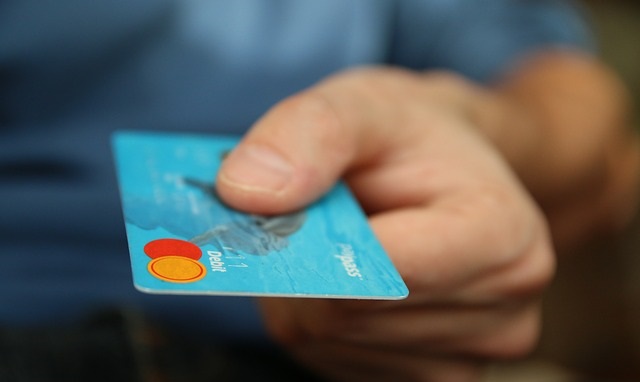More Americans Are Having a Hard Time Paying Their Big Credit Card Bills

Since price inflation took off in the wake of pandemic-era stimulus, Americans have blown through their savings and run up their credit cards to make ends meet. Now they’re starting to have a hard time paying those credit card bills.
The number of Americans rolling credit card debt from month to month is now higher than the number of people paying their bills in full for the first time ever.
Americans are buried under more than $1 trillion in credit card debt. Credit card balances increased by $45 billion between April and June alone. Meanwhile, credit card interest rates have climbed to 20.6%. With both balances and interest expenses rising, more and more people are struggling to pay the bills.
According to a JD Power survey, 51% of US credit cardholders now carry revolving debt. To put that into perspective, from 2018 to 2022, the percentage of those rolling over balances ranged from 40% to 50%.
The average balance on a credit card was $2,573 in June. That represents a 6.5% increase from a year ago.
What we have not seen in the past is there are more revolvers than transactors,” JD Power managing director of payments intelligence John Cabell told Yahoo Finance. “It’s inflation, it’s savings dwindling, we’re also seeing rising interest rates, which makes it harder to pay off that balance because it’s getting bigger.”
The rising number of delinquent accounts also indicates people are having a hard time keeping up with credit card payments. The number of accounts past due by one cycle has increased 42.6% over the last two years. Delinquencies have crept up to the highest level since 2017.
The pandemic-era savings cushions are gone, the economy is shaky and consumers are leaning more heavily than ever on their credit cards to cover day-to-day expenses,” Cabell said. “Consumers are using their cards for a lot of everyday purchases. Grocery shopping is the lead purchase type that consumers say they are making.”
This raises an important question: what happens when consumers max out their credit cards?
There is some indication we may be close to that point.
In June, credit card spending suddenly fell off a cliff. According to the latest Federal Reserve data, revolving credit, primarily reflecting credit card debt, shrank by $600 million in June, a -0.6% decrease.
The big drop in credit card spending isn’t good news for the US economy. An ING economist called declining credit card spending “a troubling sign” given that consumer spending makes up two-thirds of the US economy.
With savings exhausted and credit cards maxed out, consumers have little choice but to stop spending.
This undercuts the notion that the Fed can slay price inflation while simultaneously bringing the economy to a “soft landing.”
The bottom line is that Americans turned to credit cards because they didn’t have any other way to make ends meet. People don’t run up their Visa balance month after month to buy groceries when they are in “very strong” financial shape. The stimulus checks are long gone. Savings are being depleted. The average person had no choice but to pull out the plastic if they wanted to maintain their standard of living. Of course, this wasn’t a sustainable trajectory. A credit card has this inconvenient thing called a limit. We might be close to hitting it.
Call 1-888-GOLD-160 and speak with a Precious Metals Specialist today!
Buka akaun dagangan patuh syariah anda di Weltrade.
Source link







